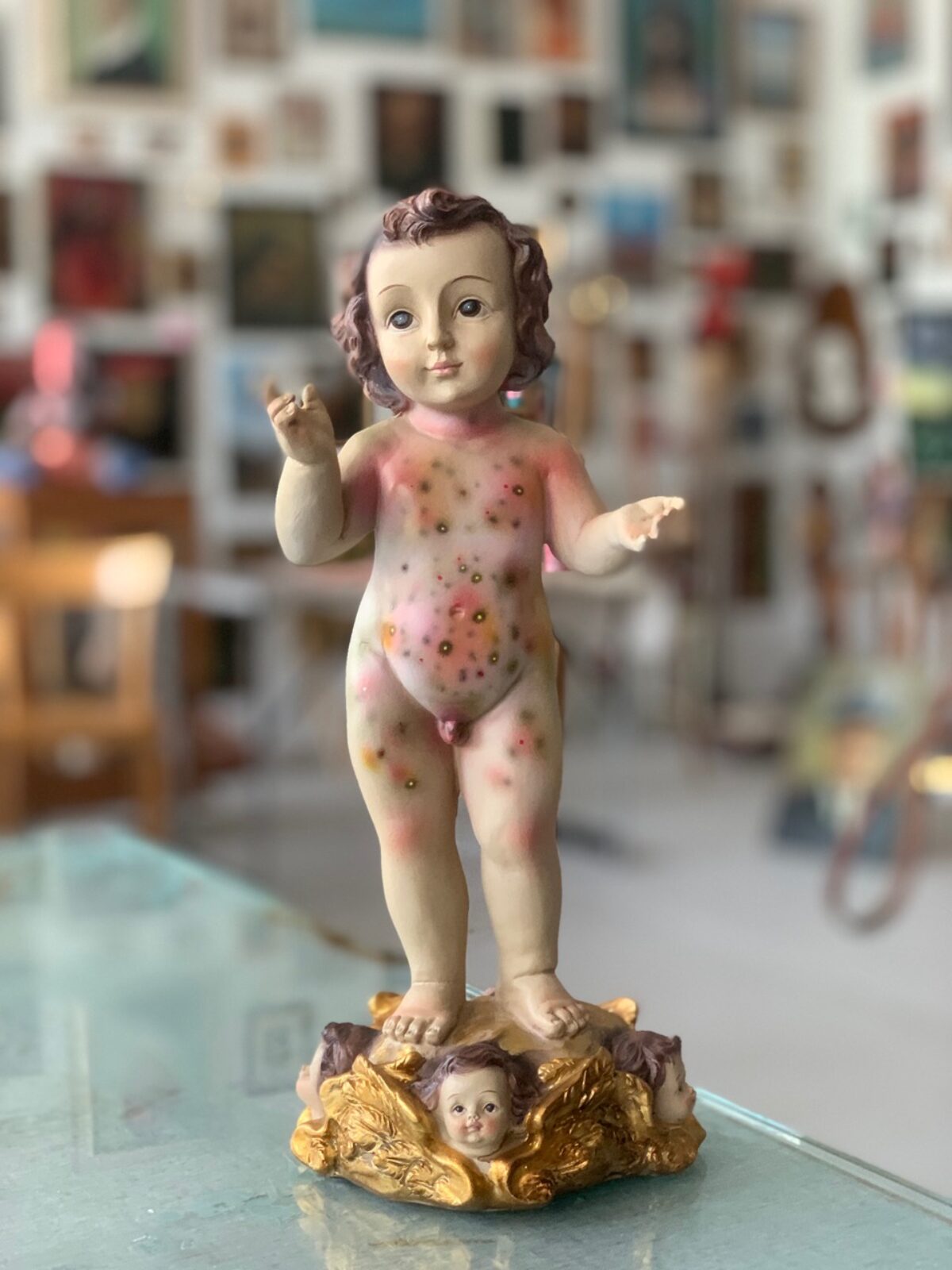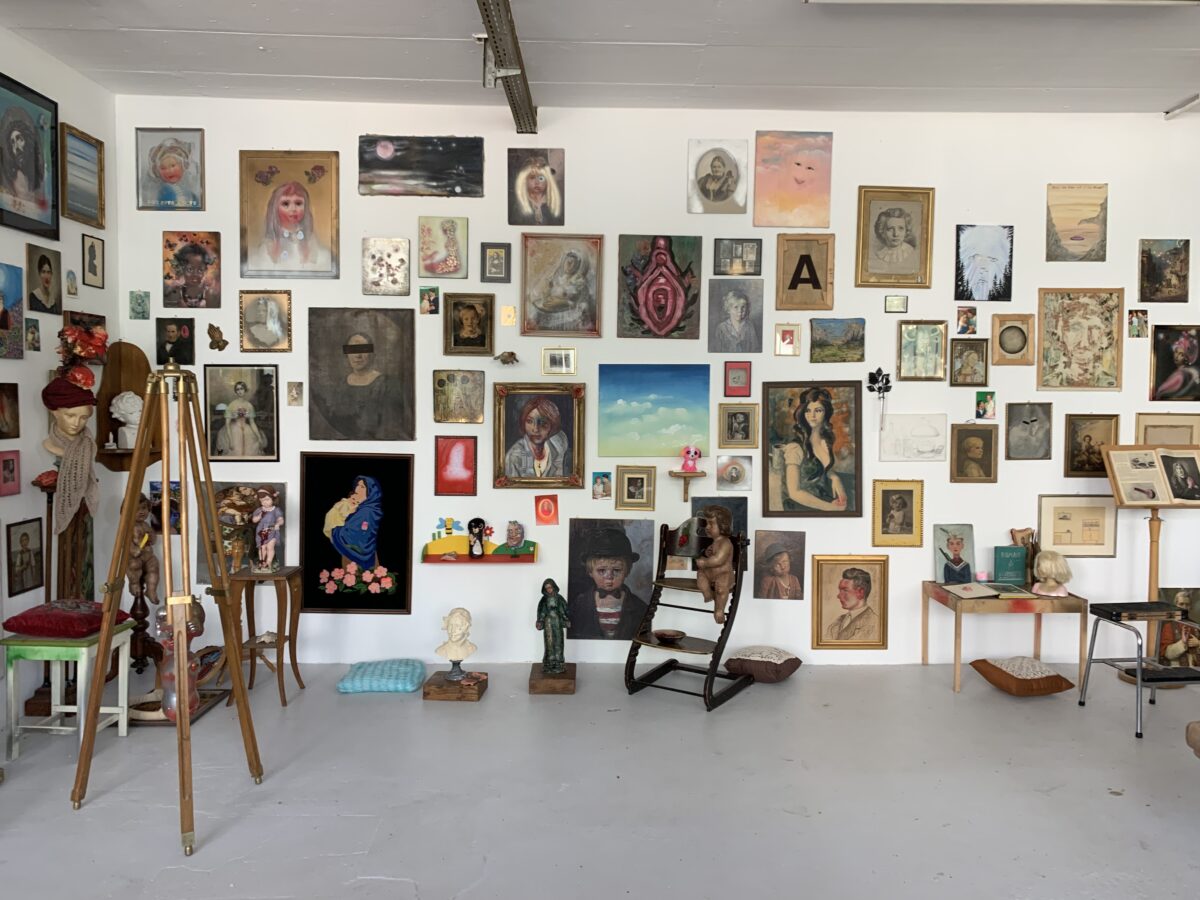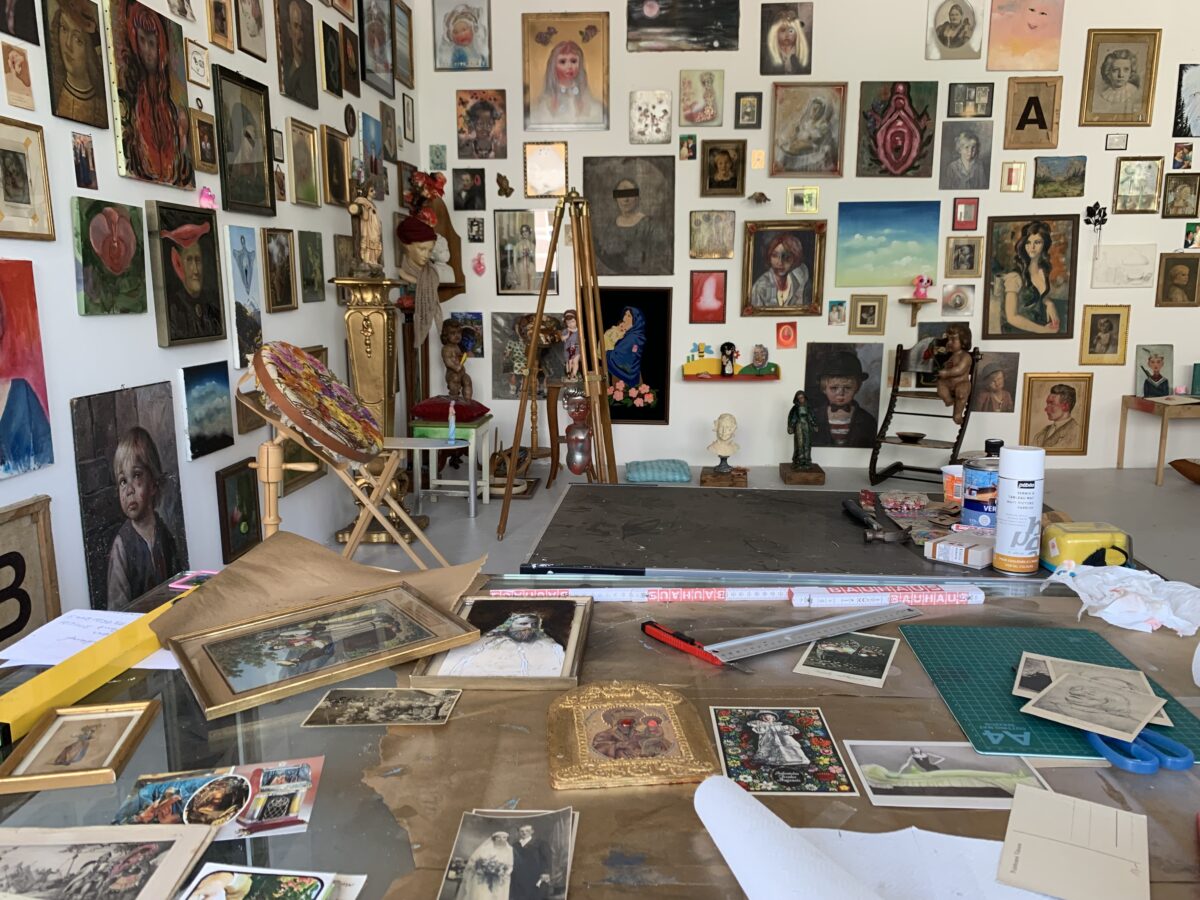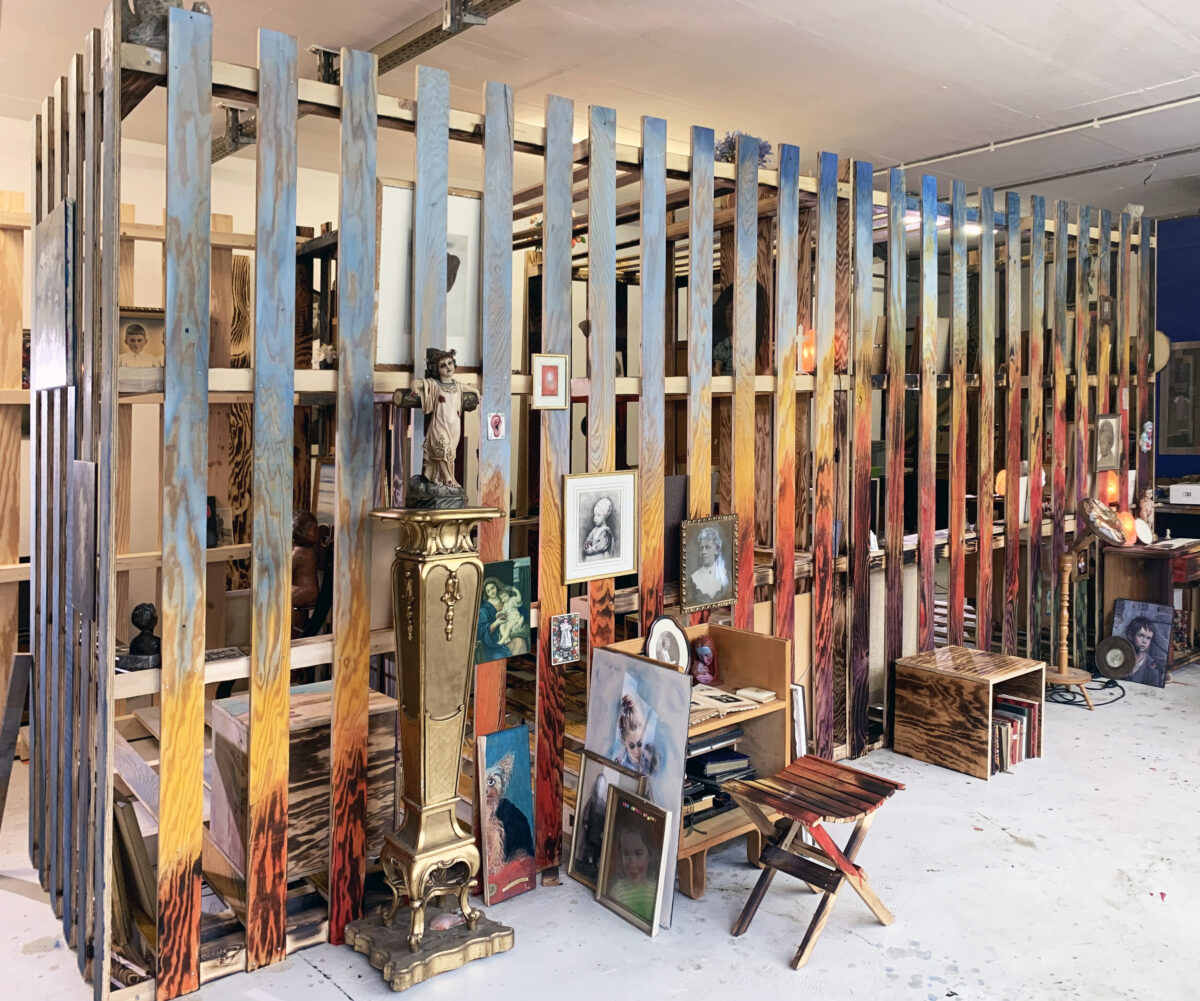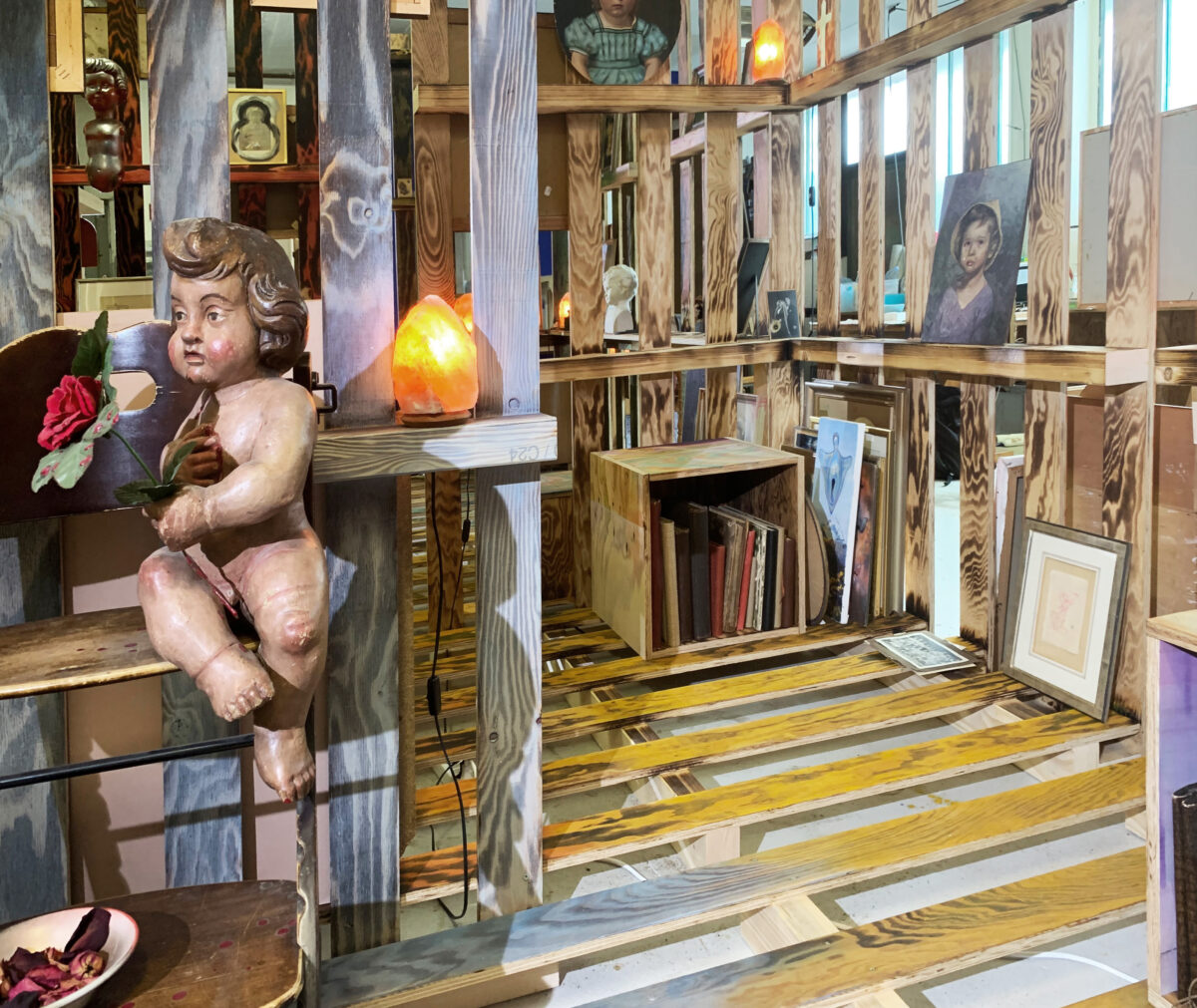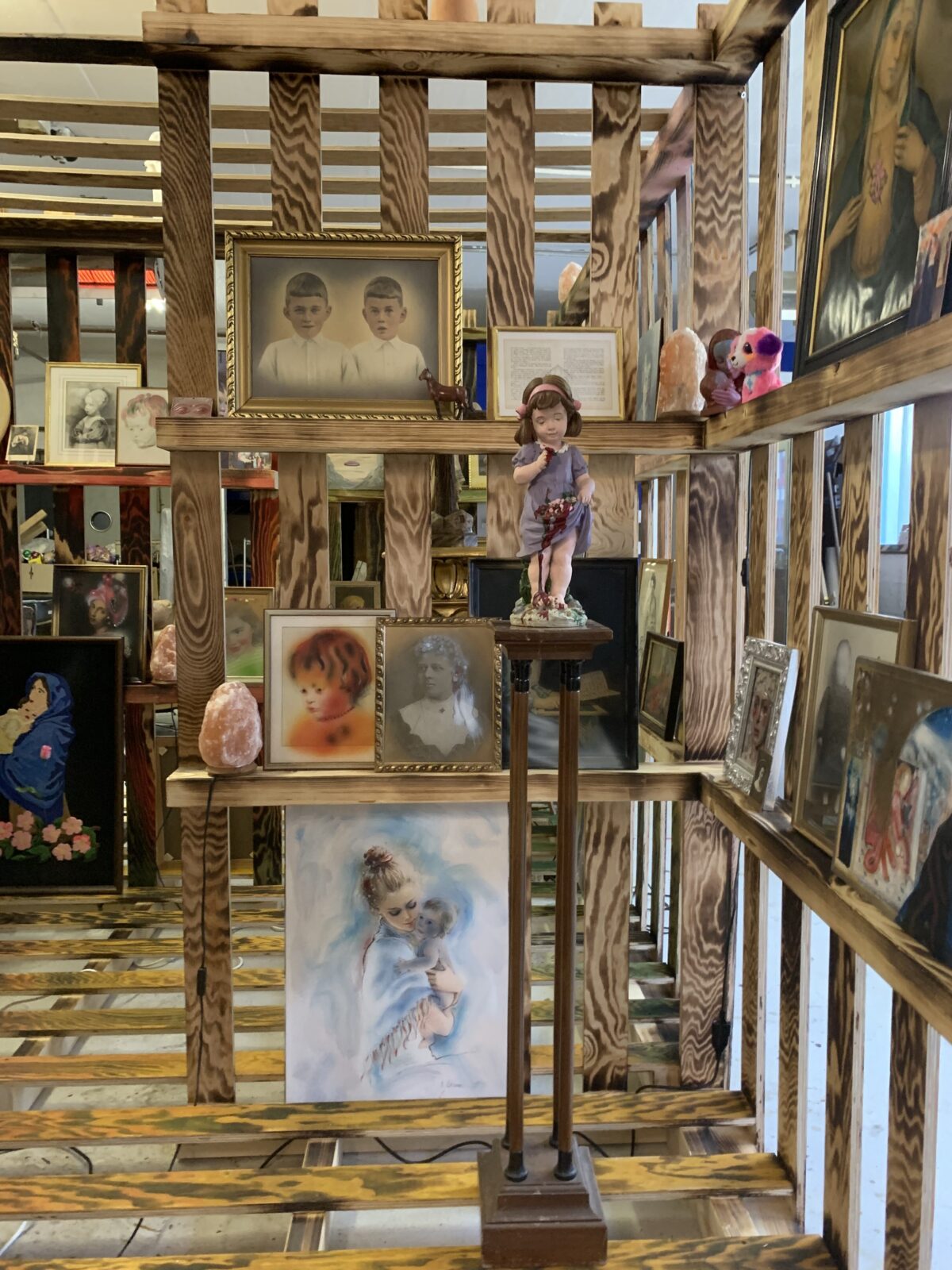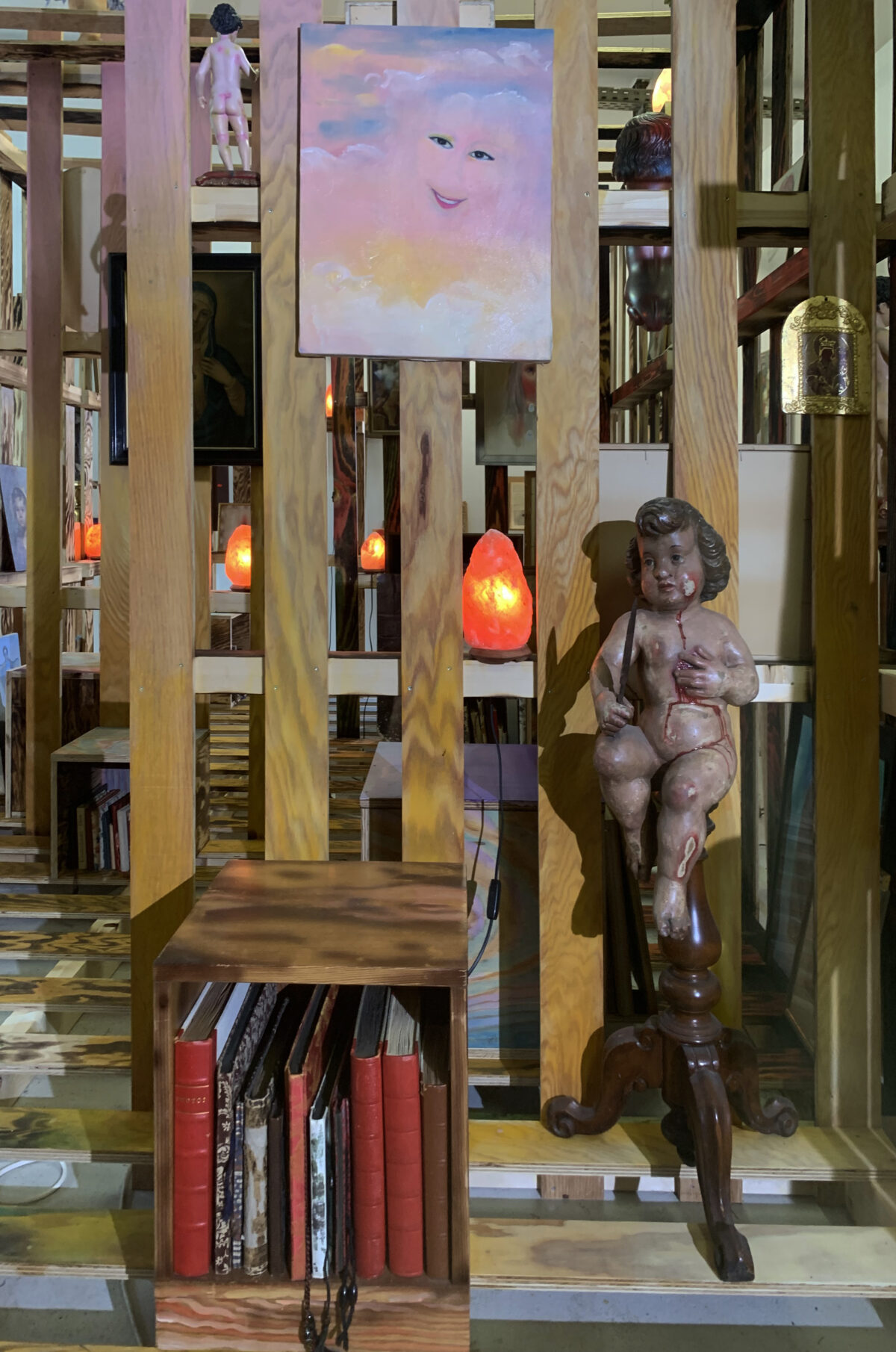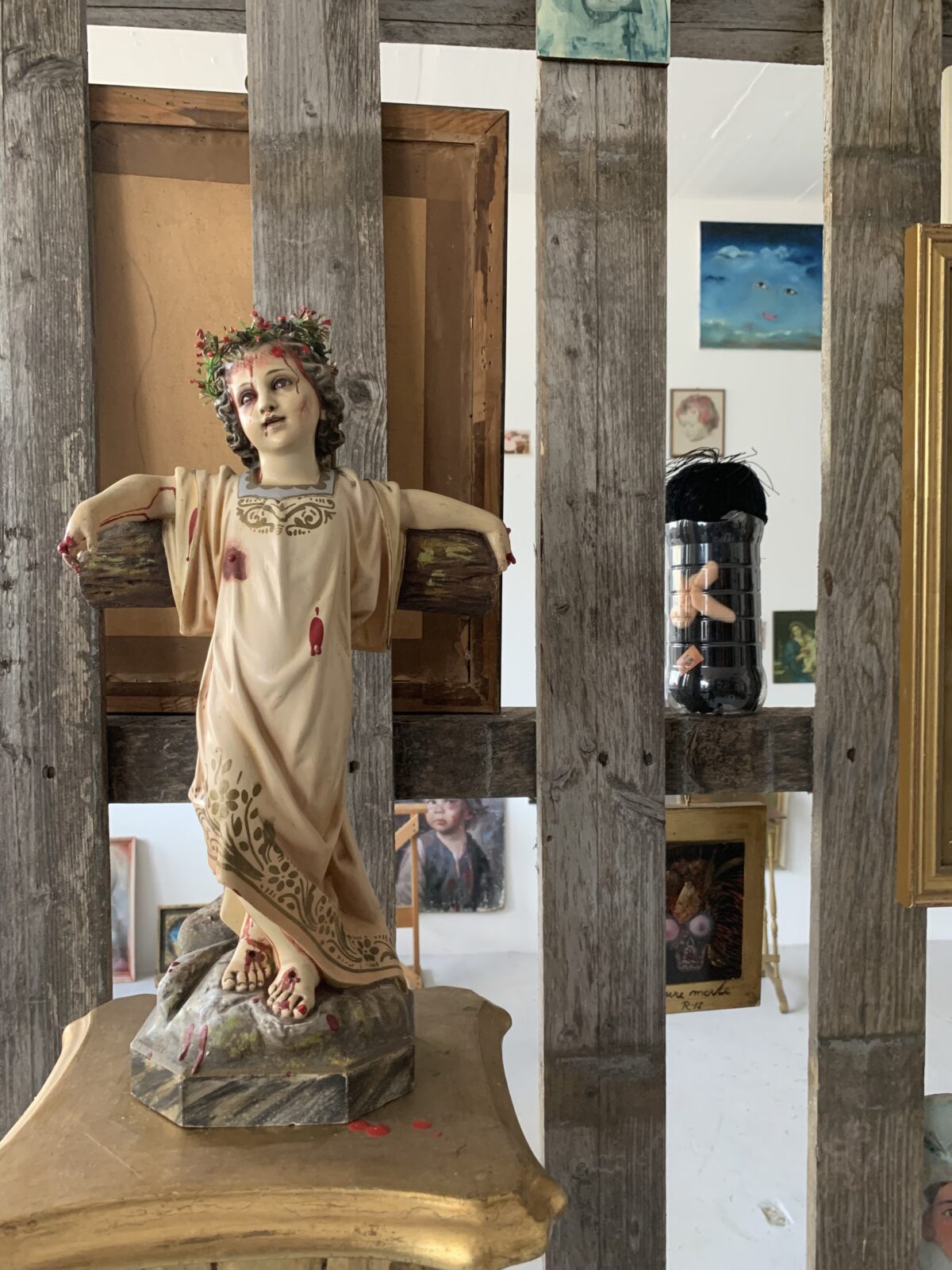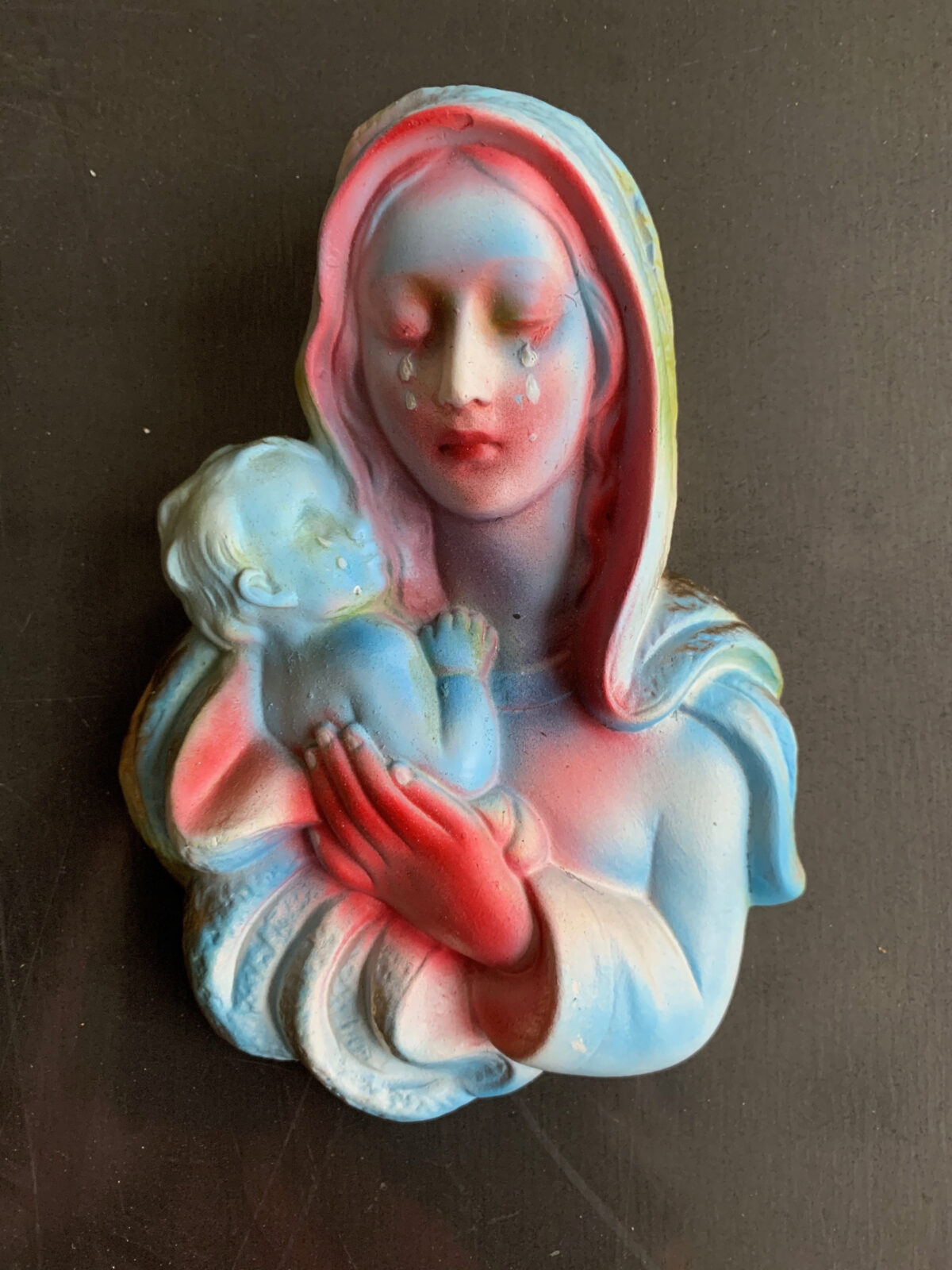House of Dead Pictures
2022
The House of Dead Pictures
2020 – present
A philosopher always hung around where children were playing. And if he saw a boy with a spinning top, he would be there in wait. As soon as the top started spinning, the philosopher would chase him to catch him. The fact that the children were making noise and trying to keep him away from their toy did not bother him. If he caught the top while it was still spinning, he was happy, but only for a moment, then he would throw it to the ground and walk away. He believed that knowing every little thing, for example a spinning top, was enough to know the general. That is why he did not concern himself with the big problems, that seemed uneconomical to him. If the smallest little thing was really known, then everything was known, so he only concerned himself with the spinning top. And every time the preparations were made to spin the top, he had the hope that it would now work, and when the top was spinning, the hope became a certainty as he ran breathlessly after it, but then he held the stupid piece of wood in his hand, he felt sick and the screaming of the children, which he had not heard before and which now suddenly hit his ears, drove him away, he staggered like a top under a clumsy whip.
Franz Kafka, THE SPINNING TOP
When I was setting up an installation in the gallery of the capital Prague in the 1990s, I met an old man in a café in front of the St. Stephen’s Cathedral on the Old Town Square. He told me a strange story that must have happened to him in the interwar period. As a small boy he and his friends played with a spinning top right here in front of the cathedral. A gaunt, well-dressed man with a pale face stood over it and watched the boys. “After a while he spoke to me: Boy, take two crowns here. Go and run up into the tower of the cathedral, right to the top, until the stairs end. Up there is a window full of spider webs. Go and bring me a handful of them. Later I found out that this man was Franz Kafka.” I thanked the old man and paid for his coffee.
At that time I was busy with memories, with history. After my grandmother died, I cleared out the attic of the house and used it to build the ancestral hut in the Kunstraum Aarau, which I then sawed into pieces of wood in the Centre Pasquart in Biel. I used a branding iron to burn the words KUNST MACHT FREI into the pieces of wood. What had once been a tree, then became a piece of furniture, a table or a cupboard belonging to my great-grandfather, now became wood again, freed from my great-grandfather. In the project “Do dead pictures go to heaven too?” I work on pictures that I buy from a second-hand dealer. They are amateur pictures with no artistic value. Their value lay in the memory of a loved one. When that person died and the picture no longer reminded anyone, the pictures died too. At first I hung the “dead pictures” on the walls of my studio. But I felt increasingly uncomfortable with all the dead people. And I wanted the walls to be empty again. I decided to build a house for the dead pictures and the souls that might live in them. A house for dead memories. I started by sawing up my own bad pictures. We built furniture for the house of the dead; stools and benches that also serve as shelves for storing the pictures, photo albums and photos. We then built the floor and walls of the house from industrial pallets. It is transparent and airy – not a crypt. Then I painted it in warm tones, in the warm colors of a sunset by Caspar David Friedrich. The house is a paradisiacal cage. It protects the memories of the dead from us, but also us from the dead. It is an archive and an exhibition space. Visitors must take off their shoes when they enter. They are allowed to sit down and pick up and look at all the objects on the benches. They are also allowed to hang up or store pictures. They are allowed to put on their own exhibition. An exhibition of dead memories.
The House of Dead Pictures
2020 – present
A philosopher always hung around where children were playing. And if he saw a boy with a spinning top, he would be there in wait. As soon as the top started spinning, the philosopher would chase him to catch him. The fact that the children were making noise and trying to keep him away from their toy did not bother him. If he caught the top while it was still spinning, he was happy, but only for a moment, then he would throw it to the ground and walk away. He believed that knowing every little thing, for example a spinning top, was enough to know the general. That is why he did not concern himself with the big problems, that seemed uneconomical to him. If the smallest little thing was really known, then everything was known, so he only concerned himself with the spinning top. And every time the preparations were made to spin the top, he had the hope that it would now work, and when the top was spinning, the hope became a certainty as he ran breathlessly after it, but then he held the stupid piece of wood in his hand, he felt sick and the screaming of the children, which he had not heard before and which now suddenly hit his ears, drove him away, he staggered like a top under a clumsy whip.
Franz Kafka, THE SPINNING TOP
When I was setting up an installation in the gallery of the capital Prague in the 1990s, I met an old man in a café in front of the St. Stephen’s Cathedral on the Old Town Square. He told me a strange story that must have happened to him in the interwar period. As a small boy he and his friends played with a spinning top right here in front of the cathedral. A gaunt, well-dressed man with a pale face stood over it and watched the boys. “After a while he spoke to me: Boy, take two crowns here. Go and run up into the tower of the cathedral, right to the top, until the stairs end. Up there is a window full of spider webs. Go and bring me a handful of them. Later I found out that this man was Franz Kafka.” I thanked the old man and paid for his coffee.
At that time I was busy with memories, with history. After my grandmother died, I cleared out the attic of the house and used it to build the ancestral hut in the Kunstraum Aarau, which I then sawed into pieces of wood in the Centre Pasquart in Biel. I used a branding iron to burn the words KUNST MACHT FREI into the pieces of wood. What had once been a tree, then became a piece of furniture, a table or a cupboard belonging to my great-grandfather, now became wood again, freed from my great-grandfather. In the project “Do dead pictures go to heaven too?” I work on pictures that I buy from a second-hand dealer. They are amateur pictures with no artistic value. Their value lay in the memory of a loved one. When that person died and the picture no longer reminded anyone, the pictures died too. At first I hung the “dead pictures” on the walls of my studio. But I felt increasingly uncomfortable with all the dead people. And I wanted the walls to be empty again. I decided to build a house for the dead pictures and the souls that might live in them. A house for dead memories. I started by sawing up my own bad pictures. We built furniture for the house of the dead; stools and benches that also serve as shelves for storing the pictures, photo albums and photos. We then built the floor and walls of the house from industrial pallets. It is transparent and airy – not a crypt. Then I painted it in warm tones, in the warm colors of a sunset by Caspar David Friedrich. The house is a paradisiacal cage. It protects the memories of the dead from us, but also us from the dead. It is an archive and an exhibition space. Visitors must take off their shoes when they enter. They are allowed to sit down and pick up and look at all the objects on the benches. They are also allowed to hang up or store pictures. They are allowed to put on their own exhibition. An exhibition of dead memories.
